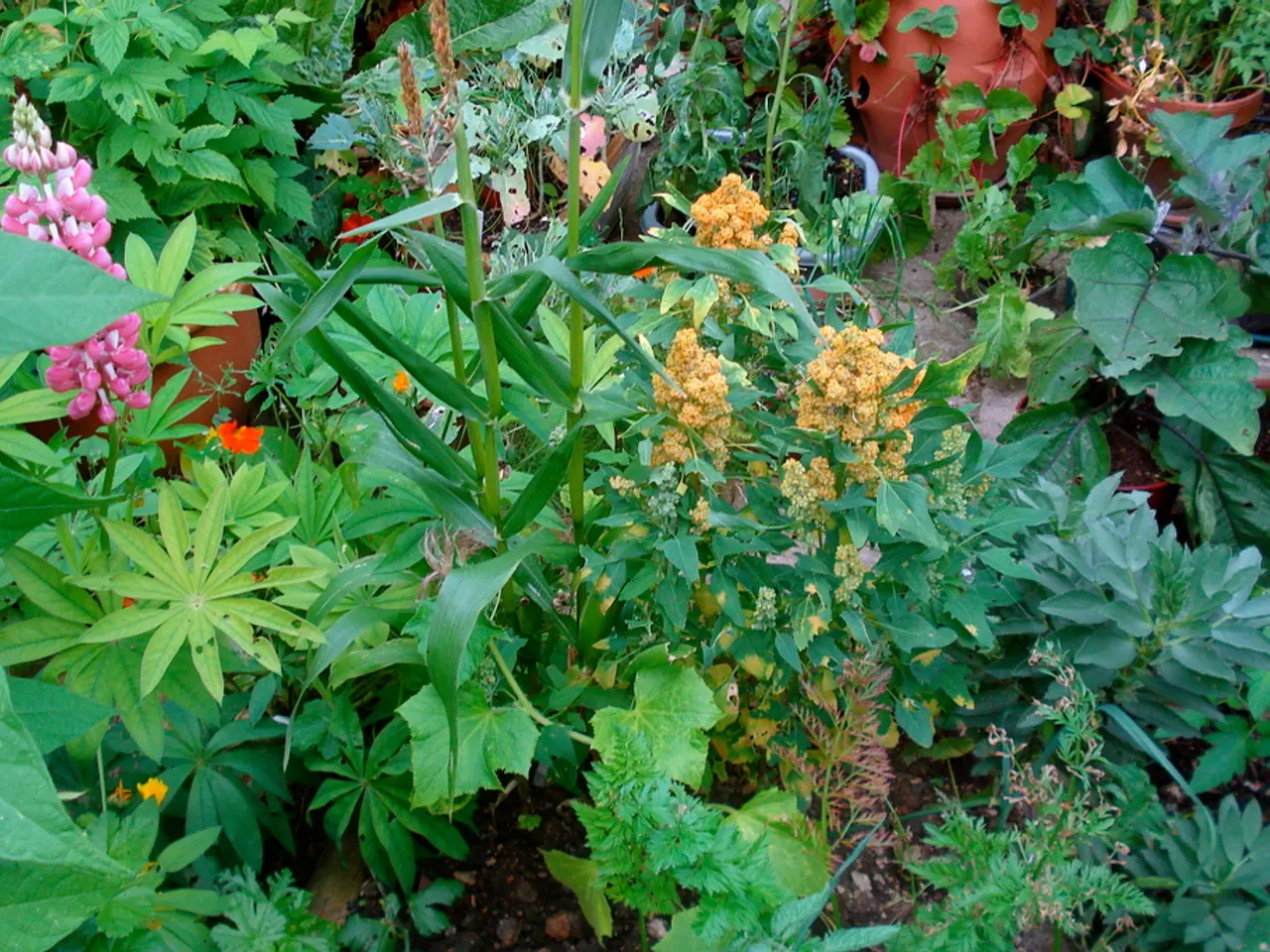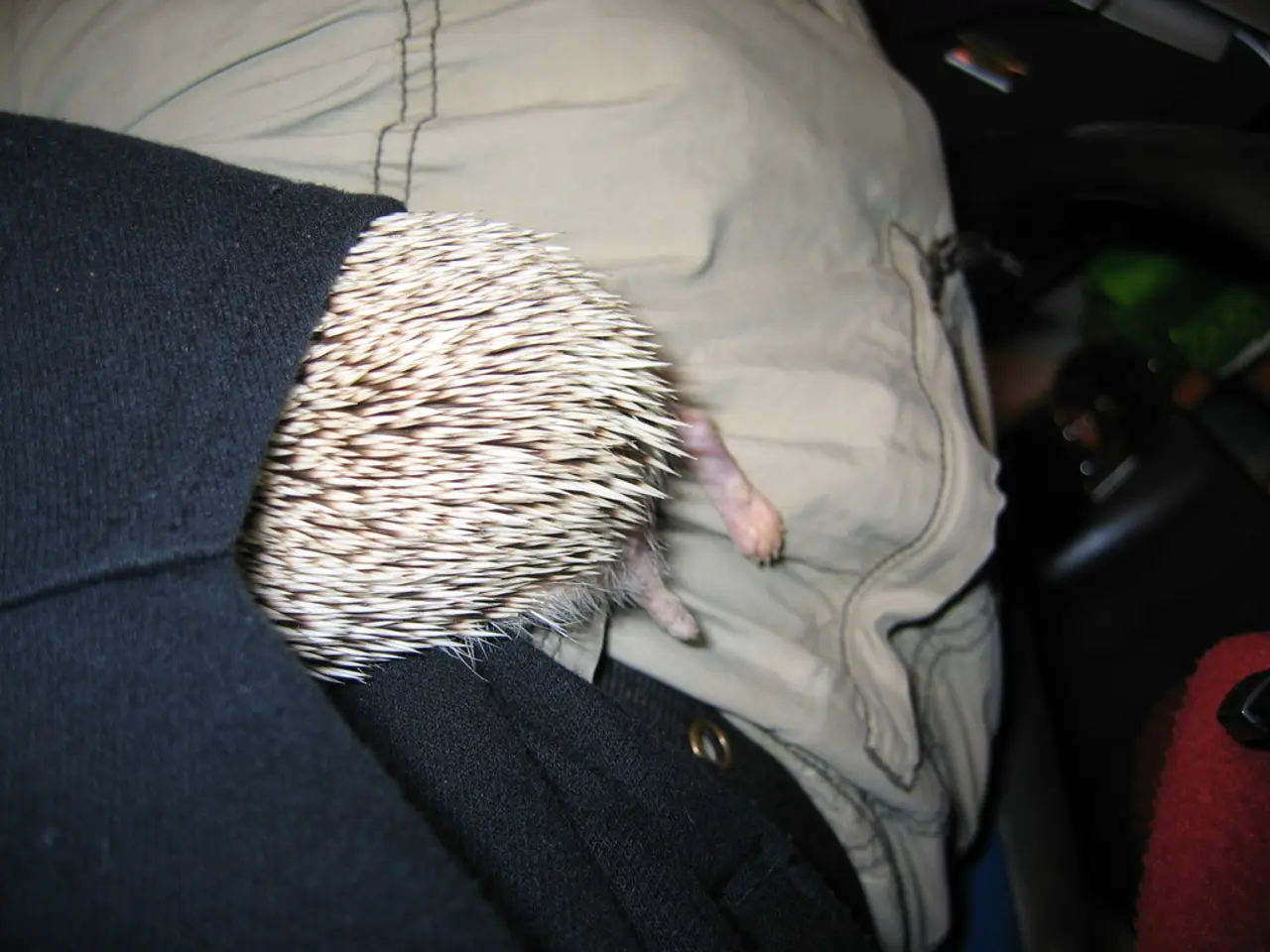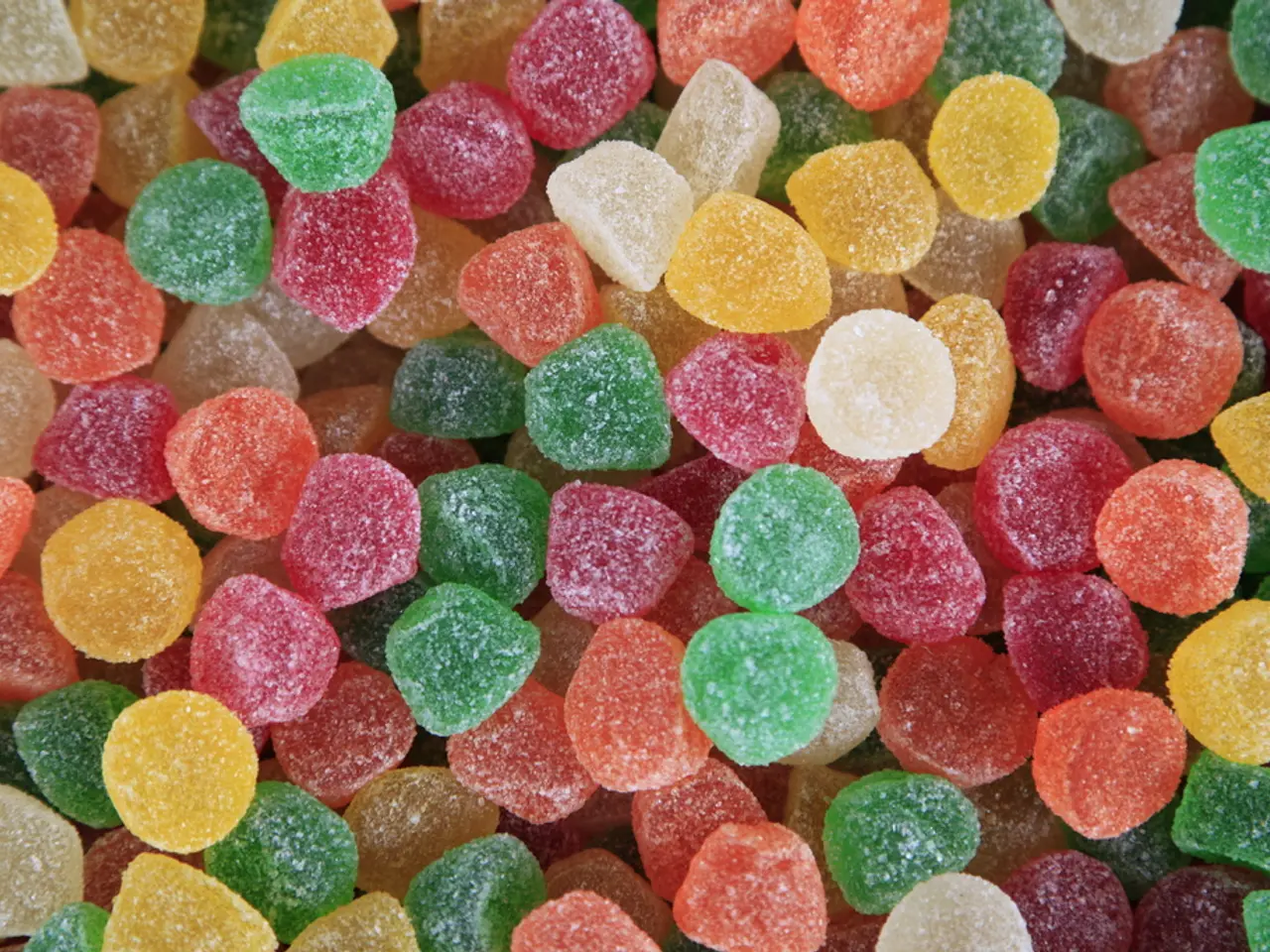Complete essential gardening tasks in January to maintain aesthetic appeal:
January marks the start of a new gardening season, albeit a more gentle one. With the short days and cold temperatures, plants are often dormant or slowing down their growth, and the focus shifts towards maintenance and preparation for the warmer months ahead.
One key aspect of January gardening is minimising soil disturbance. This is due to several reasons. Firstly, plants are in a dormant state, and digging can disturb roots and soil structure, potentially causing harm. Secondly, the soil conditions may not be favourable, being too cold, wet, or compacted. Digging cold or wet soil can lead to poor soil structure, compaction, and drainage issues that harm future plant growth. It's generally better to wait until the soil warms and dries out in late winter or early spring before digging.
Crops in January are typically in their finishing stages or being harvested, such as winter greens. Disturbing the soil at this time would disrupt these crops. In colder climates, the soil may be frozen or waterlogged, making digging impractical or damaging to soil life and structure.
Instead, gardeners focus on a variety of tasks. Tidying up the garden is recommended, including getting rid of unwanted mess and creating leaf mould and compost from green waste. Pruning is a key task for January, focusing on removing dead or diseased material and shaping bushes and trees.
January is also a busy month for indoor gardening. Cleaning plastic plant labels by rubbing out writing and soaking them in warm water with washing-up liquid is a good practice. Greenhouses and cold frames should be cleaned out while they're relatively empty. Sweeping, washing the glass, and cleaning gutters are also essential tasks.
Remember, rodent interest grows as winter stretches on. Keep checking on stored fruit and vegetables for rot and predators. It's also a good time to get lawnmowers serviced for the upcoming season.
For those planning to sow seeds, sorting them by month of sowing is advisable. If soil improvement is needed, testing soil pH and nutrients and applying amendments like lime well before the growing season is advised to avoid disturbing plants during winter dormancy.
Lastly, keeping on top of slugs and snails is important, with good hygiene practices such as regularly removing old leaves from leafy crops. With fruit trees, the goal is to remove older wood and leave younger, more vigorous growth.
In summary, while digging may not be recommended in January, there's still plenty to do in the garden. From pruning and tidying to indoor cleaning and planning for the future, January is a month of maintenance and preparation.
- During January, instead of digging, focus on tidying up the garden by getting rid of unwanted mess and creating leaf mould and compost from green waste.
- Pruning is a key task for January, particularly in removing dead or diseased material and shaping bushes and trees.
- For those planning to sow seeds, sorting them by month of sowing is advisable, and if soil improvement is needed, testing soil pH and nutrients and applying amendments like lime well before the growing season is advised to avoid disturbing plants during winter dormancy.




